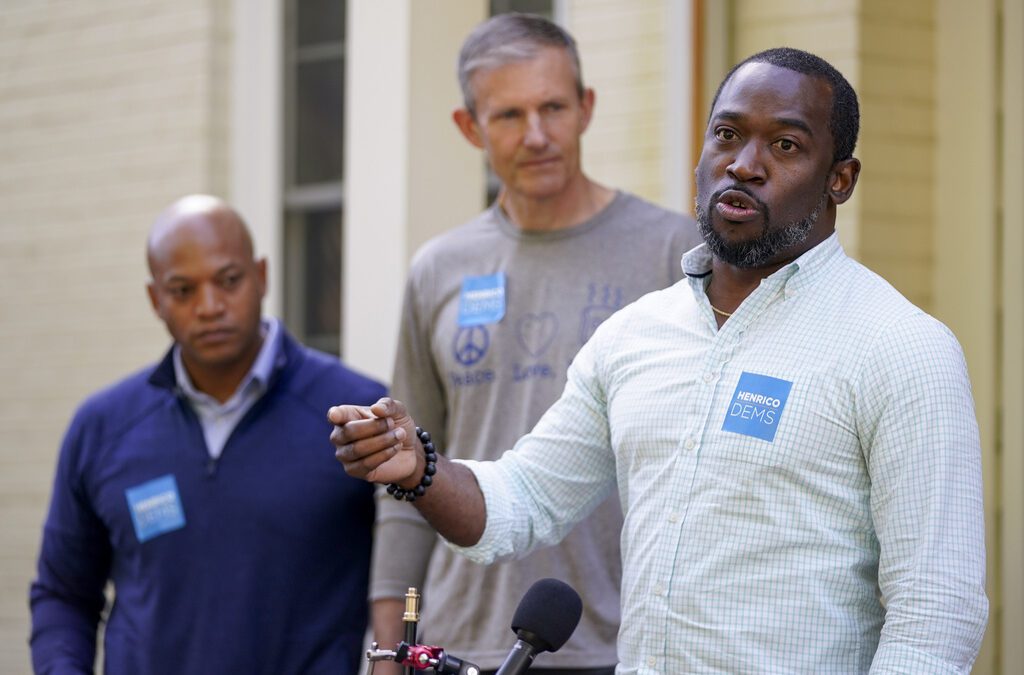
Photo by Hush Naidoo Jade Photography on Unsplash
With up to one-third of rural hospitals at risk of closure, Dogwood looked into possible reasons and remedies. Here’s what we found.
“If you have a heart attack, a stroke, get hurt in a car accident, you want the hospital to be as close as possible,” said Beth O’Connor, executive director of the Virginia Rural Health Association.
The reality is, in some rural areas, people no longer have access to community hospitals. For a growing number of localities, that could be a pressing concern.
According to the Center for Healthcare Quality and Payment Reform (CHQPR): “More than 100 rural hospitals have closed over the past decade, and over 600 additional rural hospitals—nearly 30% of all rural hospitals in the country—are at risk of closing in the near future.
Take Patrick County for example. In 2017, Pioneer Community Hospital of Patrick—the only hospital in the entire county—closed its doors. That left two options for those in the mountain community: drive to Martinsville, which was 40 minutes from the county seat, Stuart, or cross the state line to Mt. Airy, North Carolina. Neither of those options were particularly ideal in an emergency, when the hospital used to be just down the road.
With up to eight Virginia rural hospitals potentially facing the same fate as Pioneer, Dogwood looked into possible reasons and remedies. Here’s what we found.
Pre-Pandemic Problems
While it might be easy to blame most any recent economic struggle on the COVID pandemic, O’Connor expressed that rural hospitals faced hardships prior to March 2020.
“Certainly in Virginia, we are seeing hospitals on the ground having a number of financial constraints,” O’Connor said. “COVID certainly didn’t help, but our hospitals were in trouble well, well before the pandemic.”
In rural hospitals, both O’Connor and CHQPR expressed that private insurance plays a part in their financial challenges.
The CHQPR analysis stated that the primary cause of rural hospital closures resulted due to unsustainable payments from health insurance plans. Conversely, in larger areas, profits from private insurance can act as buffers to help offset losses a hospital might incur when treating uninsured patients and patients with Medicaid.
“Oftentimes we have a much smaller percentage of people who have private insurance,” O’Connor said. “Rural hospitals, they’re more likely to have maybe a farmer or small business owner that doesn’t have traditional employer-based insurance. [Rural hospitals are] more likely to have people working two or three part-time jobs instead of a single job that pays insurance, or just flat out [are] not employed.”
O’Connor gave an example that if someone went to an emergency room seeking care, the hospital—by law—had to treat them regardless of their ability to pay.
Although some patients may have a medical necessity requiring professional intervention, the other side of the story is that hospitals need funds in order to continue to provide care.
“You can imagine what would happen at a grocery store or a clothing store or an apartment complex if 10% to 15% of their [clients] didn’t have a way to pay,” O’Connor said.
Gauging the Impact
Currently, there are 30 rural hospitals left in the commonwealth, compared to 32 in 2005. Of those, CHQPR found that eight—the equivalent of 27%—are at risk of closure. Four of those—the equivalent of 13%—are at risk of immediate closure.
While O’Connor didn’t go into specifics about which Virginia rural hospitals might face closure, she noted some of the important impacts of rural hospitals.
Number one on her list? Proximity in an emergency.
“When you look at the situation, like when the hospital in Patrick County closed, it took that much longer to get to someplace where you needed to get treatment, which exacerbated those conditions and most likely has contributed to [an] increase in deaths,” O’Connor said.
Number two? Sustainability.
“If there’s no hospital there, you’re not going to have the structure there beyond that to support more primary care clinics and those types of things. If physicians don’t have clinics where they can be at and work with the hospital, they’re likely going to go someplace else where they get that larger support structure,” O’Connor said. “So it’s increasing access like that.”
Number three? The opportunities that come—and go—with a community hospital.
“You always hear about small communities trying to bring in employers, trying to keep employers. How many people does a hospital employ? Hundreds,” O’Connor said. “These are professional people with good paying jobs.”
O’Connor expressed multiple ways hospitals aid the local economy. Higher paying jobs, like those often found at hospitals, naturally allow for more money to be spent in the community. Hospitals also bring people to the area, like those visiting patients, who then spend money on lodging, food, gas, and more. Also, companies looking to build in an area consider workers’ health and safety options when making their selections.
How to Help
If you’re interested in supporting the sustainability of a hospital in your area, one of the best ways to help is to participate.
Every hospital conducts a community health needs assessment. During that process, a facility analyzes the area it serves and determines what the main issues are in the community in terms of population health.
“Do we need to do more to address substance use disorders? Do we need to do more to address obesity? Do we need to do more to address tobacco use?” O’Connor said, listing assessment examples. “The hospital then has to develop plans to address those issues.”
If your local hospital is conducting a similar survey—or holding a public meeting—participating is a good way to show support and get involved.
Additionally, O’Connor suggested talking to congressional representatives.
“Make sure that your elected officials understand the importance of that community hospital and what it means to your community to have it there, and the devastation that would then happen if that hospital closed,” O’Connor said. “And make sure that Congress is putting in place policies that support those small rural hospitals.”
Politics

Biden administration bans noncompete clauses for workers
The Federal Trade Commission (FTC) voted on Tuesday to ban noncompete agreements—those pesky clauses that employers often force their workers to...

Democratic shakeup in Virginia primaries for governor, lieutenant governor
Richmond Mayor Levar Stoney quit his bid for governor and jumped into the race to be the Democratic nominee for lieutenant governor. The race for...
Local News

Virginia verses: Celebrating 5 poetic icons for National Poetry Month
There’s no shortage of great writers when it comes to our commonwealth. From the haunting verses of Edgar Allan Poe, who found solace in Richmond's...

Join the fun: Recapping Family Literacy Night’s storybook adventures
When’s the last time you read a book aloud with a loved one? If it’s difficult to answer that question, then maybe it’s time to dust off that TBR...





